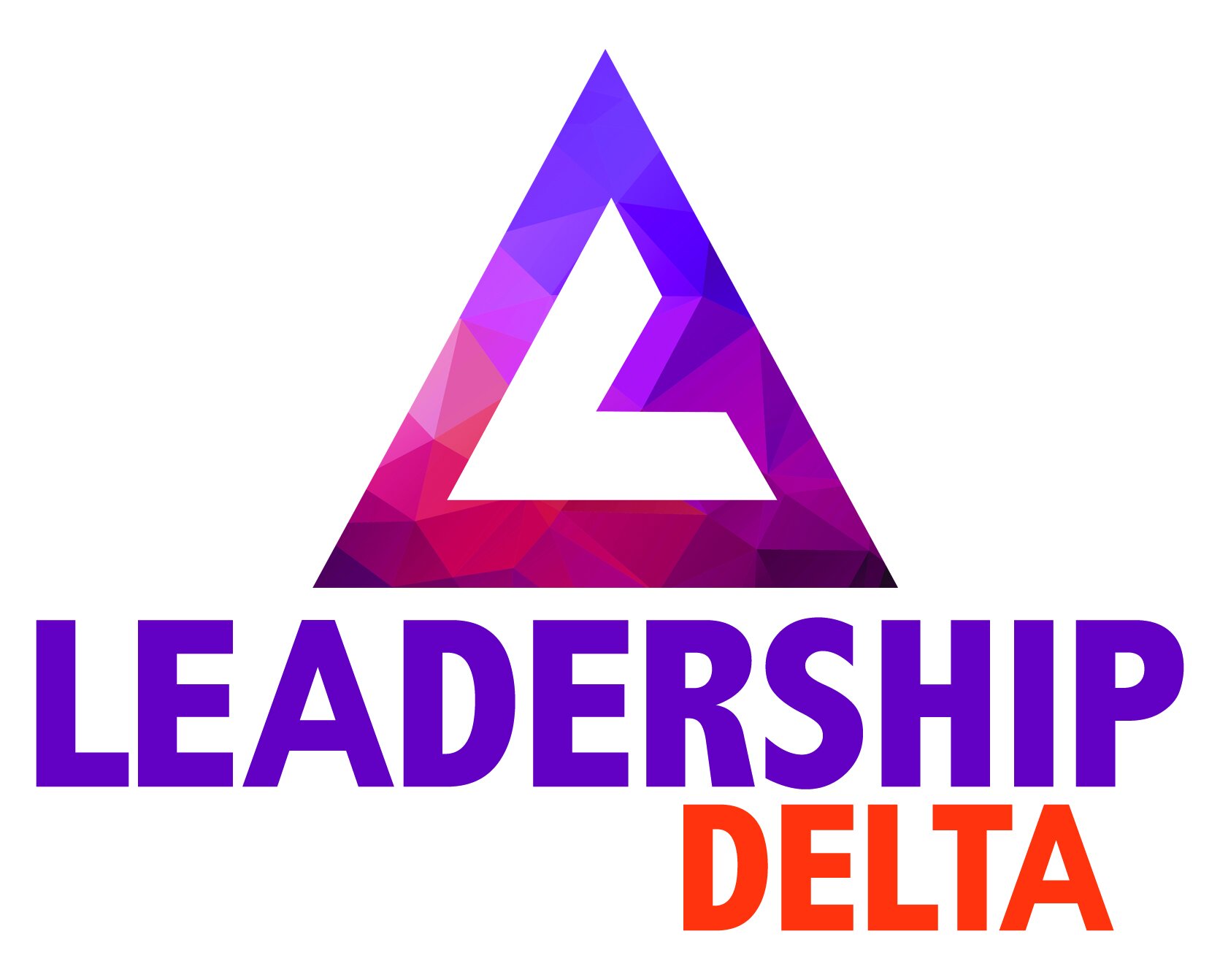Great Expectations: Changing Reality Through Perception
Have you ever noticed how the way you feel about the weather changes based on your mood? Take a bright, cloudless summer day, for instance. When we’re in a good mood, we might think about how we should go for a walk, or take a long drive, or grab the dog and go for a long walk. When we’re in a bad mood, we instead might focus in on the possibility of sunburn, the level of humidity, or worry that the air will go out. We see what we want to see: by perceiving the world and people around us in a certain way, we make it reality. The same principle applies to our business practices. But changing our mindsets and points of view to develop greater emotional intelligence is something that is easier said than done!
Half-Empty
Being in a leadership role is a difficult tight-rope to walk. Your team depends on you for direction. You depend on your team to perform on a high level. There are goals to meet, projects to finish, pitches to present. Everyone has expectations of one another. Expectations are made of nothing but air, and yet we put enormous stock into them every day. They bend our decisions and influence our moods: when they pay off, we’re ecstatic, and when they don’t, we find ourselves in inexplicably bad states of mind.
Additionally, when you find yourself in a leadership position, your team looks to you for cues on how to approach a situation before following your lead. This often happens on a subconscious level. So when you enter your business with a metaphoric storm cloud over your head, not only are you expecting to see more problems, but you’re also creating an environment perfectly suited to creating more problems in turn. It’s a vicious cycle. You’re on the lookout for more mistakes, putting your employees on edge, which can cause them to make those mistakes in turn.
Half-Full
How can we adjust our point of view and become a more optimistic leader? How can we further our emotional intelligence? It turns out that becoming a more emotionally intelligent leader can be achieved in the same way as anything else: by deliberately practicing it until it becomes a habit. When we’re faced with a moment that demands a response, we put into effect a chain reaction built of several links that form our reactions:
Key Moment: This is the event or situation which presents a challenge and demands a response.
Paradigm: The core beliefs you hold and use to filter your perceptions of the world around you. Paradigms fall into four categories—Fear, Duty, Achievement, and Integrity.
Meaning: We use our paradigms to put a “spin” on the key moment. Paradigms are how we see things, and meaning is how we draw conclusions from those things.
Feelings: Following a key moment, your feelings are what is experienced inside your body before reacting. These sensations can be emotional (anger, hurt, sadness, fear, etc) or physical (nausea, muscle tension, dry mouth, etc).
Behavior: This is what we do outside our bodies, the real reaction to the key moment.
This chain reaction builds two pathways. First, there is the pathway of survival. This is our instinctual fight-or-flight instinct which often leads to a more negative outcome for you and your business. Second, there is the pathway of success. This is when we respond to the key moment with great intention, embrace the way things are versus the way we see them, exercise responsibility, and act with integrity.
Looking to form some new habits in your leadership style but not sure where to begin? Leadership Delta is here to help. Contact us today, and we’ll help you on your way to a more optimistic tomorrow.

